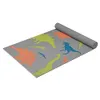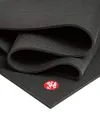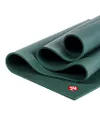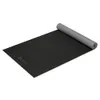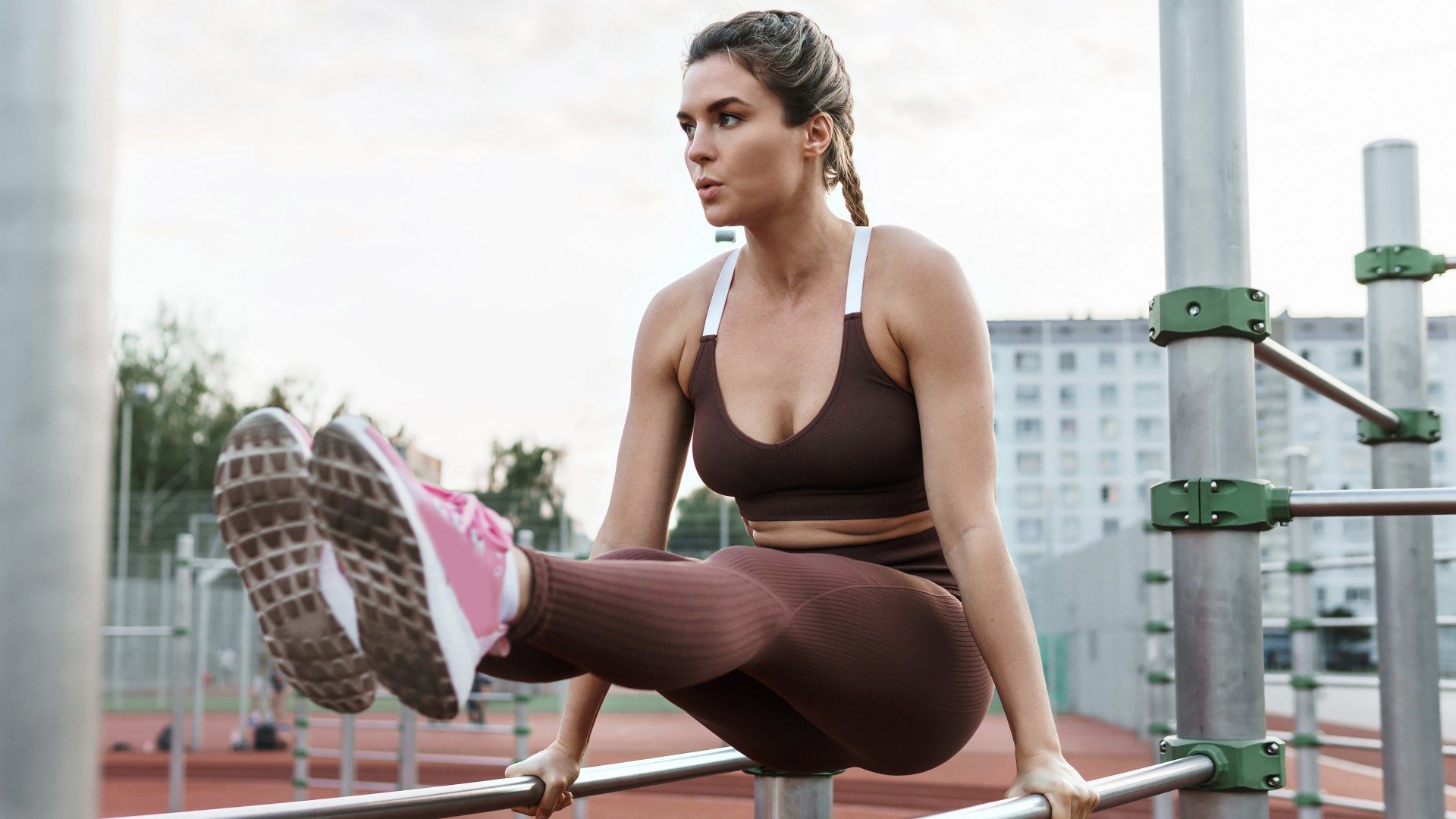
The L-sit is a functional bodyweight exercise that strengthens several major muscle groups, including your core. I decided to accumulate a two-minute L-sit every day for one week to see if I could upskill my abilities with the advanced move.
It’s worth noting that holding the L-sit for two minutes is seriously impressive, even if you’re well-seasoned with the calisthenics exercise, so it’s not a spoiler to say I didn’t manage two minutes in one sitting.
That said, I learned a few useful lessons about core exercise and my body, so here’s what happened during the seven-day fitness challenge.
How to do the L-sit hold
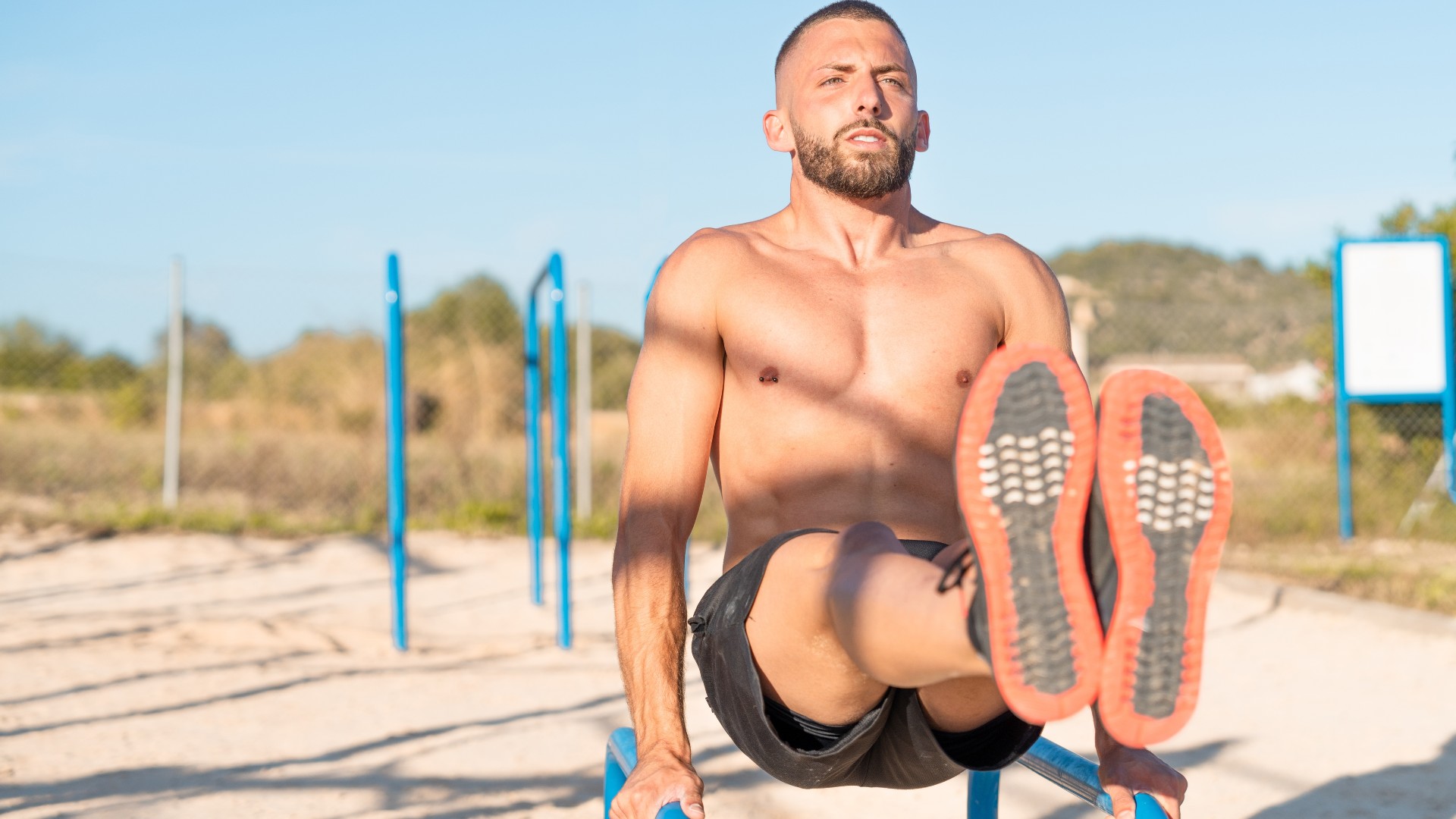
Learning how to do the L-sit will help you build the foundational strength required to keep your form in check, which also translates to other exercises requiring core and hip strength.
Here’s how:
- Start sitting on the ground or one of the best yoga mats and place your hands down next to your hips.
- Extend your legs in front of you, and sit up nice and tall to keep your spine neutral without leaning forward or backward.
- Keep your arms locked out, then pull your shoulders back and down to set them in place.
- Brace your stomach, then as you exhale, push through your hands and lift your bum and legs into the air.
- Keep your legs straight and point your toes, creating an L-shape with your body.
- Hold the position, then slowly lower down to the floor.
If you prefer, you could elevate your hands onto bars, blocks, benches, or boxes to give your body some space.
I tried a 2-minute L-sit every day for one week — here's what happened to my body
Here’s what I learned.
Sign up to get the BEST of Tom's Guide direct to your inbox.
Get instant access to breaking news, the hottest reviews, great deals and helpful tips.
I went in conservatively
I’ve had some experience with the L-sit during CrossFit workouts, and in these classes, we’re taught to accumulate time in the hold position. You can do this in several ways: try and hold for as long as possible, rest and repeat, or adopt Tabata-style timing, working for 20 seconds and resting for 10.
I opted for the latter hoping that consistency would help me build up, eventually. One week won’t make huge changes to my ability or body, but this at least allowed me to measure any progress across the seven days. Besides, 20 seconds turned out to be more than enough.
It’s one of the hardest bodyweight exercises I’ve tried
Even 20 seconds was a push, and I only just managed to stick to it throughout the week. But seriously, my muscles were on fire, and I felt a deep burn in my stomach by the third day.
The L-sit targets your quads, hamstrings, hip flexors, back, arms and shoulders, plus various core muscles like your abs, lower abs, obliques and deeper core stabilizers called the transversus abdominis.
It’s also an isometric exercise, which means your muscles won’t lengthen or shorten because you’re not moving, just like a plank or squat hold. It’s low-impact, but that doesn’t make the gymnastics move any less fiery — there’s a reason that gymnastics are some of the fittest, strongest athletes around.
Breath is crucial
The move is commonly used in CrossFit, gymnastics, and calisthenics programs, teaching core stability, muscular strength, balance, control and coordination.
But your breath matters. I found myself holding mine during each working set, which is normal when our bodies experience tension, yet unhelpful in an exercise setting — it can raise blood pressure.
Any time I caught myself holding my breath, I practiced diaphragmatic breathing. If you haven’t heard of it before, the breathing method means “belly breathing.” Rather than breathing into the restrictive part of your chest, you expansively direct the breath toward your belly instead. Some studies have found the method can have a mind-body response, potentially reducing cortisol levels.
I kept collapsing forward
Your hip flexor muscles are doing a lot of work to keep your legs lifted, and the move requires a degree of lower body flexibility, particularly in the hamstrings, to maintain posture. Although I have pretty decent hip mobility and flexibility, my hip flexor strength isn’t that great at times, and my heels kept dropping to the floor, sending me forward.
If you try the exercise and find yourself throwing your legs up and down, it could indicate a lack of flexibility or strength. To do the L-sit properly, it takes control on the way up and down, and if you suffer from tight hips, hamstrings, or weak shoulders. Specifically, trouble lifting the legs could indicate tight hips, and struggling to extend the legs could be down to tight hamstrings.
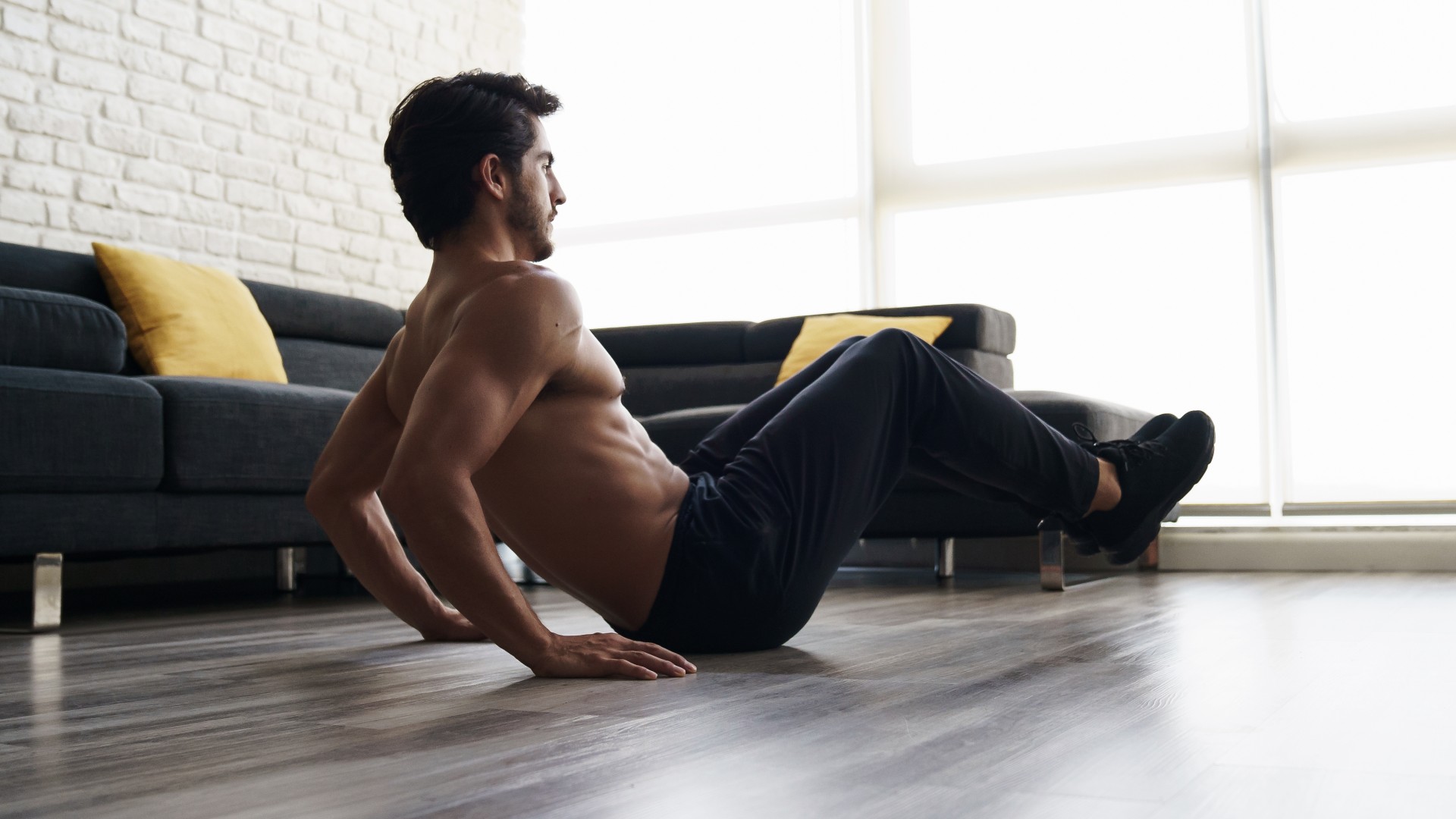
Whenever the move proved too much, I practiced a few variations — lifting one leg at a time or performing the sit with my knees tucked toward my chest and my toes pointing toward the floor. Adjustments like these can help support your body if needed (I certainly did). I also used a set of push-up bars to help elevate my body and lift my feet away from the floor while taking pressure off my wrists.
Verdict
How did I feel about the challenge? Across the week, it helped me dial into my form and take note of what my body was doing in space — something called proprioception. Over time, this is an exercise for developing muscular mind-body connections and building self-awareness of the body.
My technique didn’t drastically improve over one week, but I felt more comfortable with the cue points I needed to focus on and my areas of weakness — my hip flexor strength. My upper body is stronger than I realized, but I need to go away and work on hip flexor mobility exercises over the next few months.
More from Tom's Guide
- Forget sit-ups — you only need 1 kettlebell and 3 moves to build a stronger core
- I did the 7-minute Alligator Walk every day for one week, here are my results
- I did the 7-minute Crab Walk exercise every day for one week, here are my results

Sam Hopes is a level 3 qualified trainer, level 2 reiki practitioner and senior fitness writer at Tom's Guide. She is also currently undertaking her Yoga For Athletes training course. Sam has written for various fitness brands and websites over the years and has experience across brands at Future such as Live Science, Fit&Well, Coach, and T3.
Having worked with fitness studios like F45 and Virgin Active, Sam now primarily teaches outdoor bootcamps, bodyweight, calisthenics and kettlebells. She also coaches mobility and stretching-focused classes several times a week and believes that true strength comes from a holistic approach to training your body.
Sam has completed two mixed doubles Hyrox competitions in London and the Netherlands and finished her first doubles attempt in 1:11.
